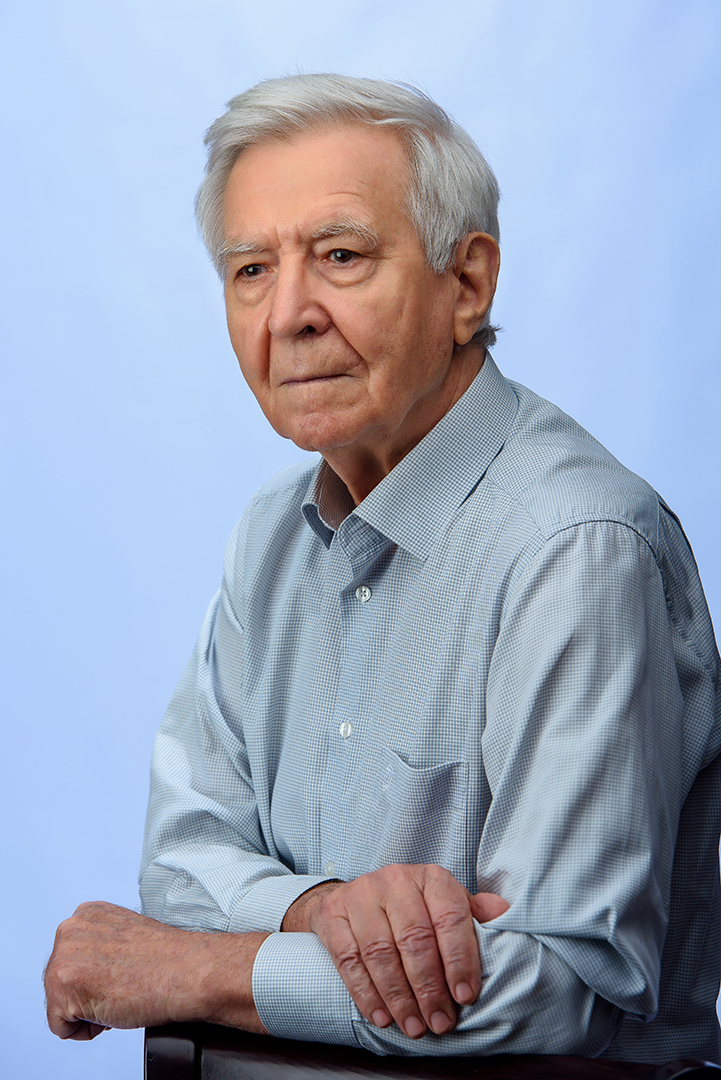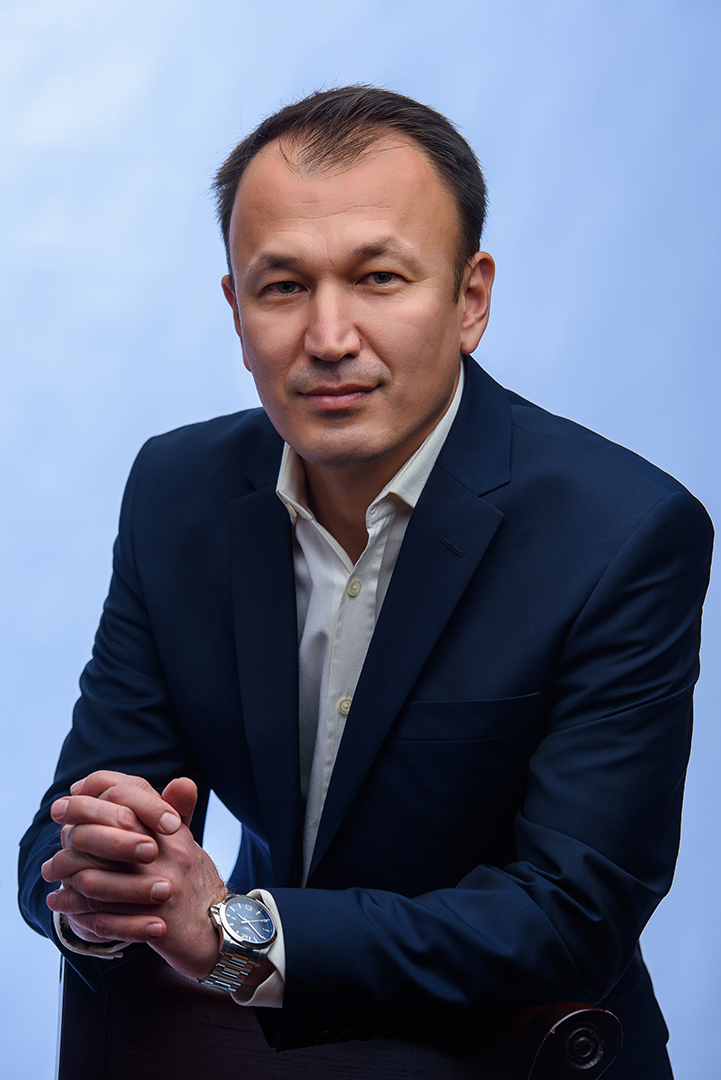Patent system of Turkmenistan
For the period of independence of Turkmenistan, it has been created the national patent system which provides a legal protection to objects of the industrial property on the basis of issuing a patent, provisional patent and also certificates for trademarks and service marks.
The national patent system was organized based on the Patent law of Turkmenistan accepted in October, 1993 and International agreements signed by Turkmenistan. Adjusting the property and non-property relations arising as a result of a legal protection of objects of the industrial property, it became one of the most powerful progress stimulators affecting all spheres of a national economy.
Functioning and control of national patent system has been assigned to the State Intellectual Property Service of Turkmenistan (Turkmenpatent) formed in 1993. Patent Service stays under supervision of Ministry of Finance and Economics of Turkmenistan.
Experts of Turkmenpatent carry out all works connected to maintenance of a legal protection of the industrial property objects, such as reception and examination of applications (including the international applications), issuance of decisions and legal documents, registration in the state register of protected objects of the industrial property, license agreements and assignment deeds to patents and trademarks, changes of a name and address of their owners, renewal of trademarks, keeping the patents in force, examination of objections (including at a level of the appeal commission) and also the publication of data in official bulletins about legal documents regarding to changes of legal status of their owner, on the registered agreements, cancelled legal documents and etc.
For the period of formation of national patent system the significant step has been made in the field of the international cooperation that has allowed Turkmenistan to be integrated into the international patent system in the field of the industrial property.
In 1995, Turkmenistan signed the declaration on continuation of membership in three international agreements: the Convention, which establishes the World Organization of Intellectual Property (WIPO), the Parisian convention on protection of the industrial property and the Agreement about patent cooperation.
In the same year the President of Turkmenistan has signed the Act about accession of Turkmenistan to the Eurasian patent convention, and in June, 1999 - the Act about accession of Turkmenistan to the Protocol of the Madrid agreement on the international registration of trademarks.
From the agreements mentioned above the Convention, which establishes the World Organization of the Intellectual Property and the Paris convention on protection of the industrial property are general, as include all objects of the intellectual property and main principles of their protection in all countries - members of those agreements without exception. Regarding to the Agreement about patent cooperation, the Eurasian Patent Convention and the Protocol to the Madrid agreement those agreements are called registration agreements as they provide a creation of systems of the international registration of the rights of the industrial property. Above mentioned agreements define the basic volume of work for the International Bureau of the World Organization of Intellectual Property (WIPO) and for many National Patent Offices the critical volume of work.
Further, the President of Turkmenistan signed seven more international agreements on intellectual property objects. These are in particular:
- The Strasbourg Agreement establishing an International Classification for Patents, 1971
- The Locarno Agreement establishing International Classification for Industrial Designs, 1968
- The Nice agreement concerning to the International Classification System of goods and services for purposes of marks registration, 1957
- The Vienna Agreement establishing International Classification of the figurative elements of marks, 1974
- Hague Agreement Concerning the International Registration of Industrial Designs,1925
- Berne Convention for the Protection of Literary and Artistic Works,1886
- International Convention for the Protection of Performers, Producers of Phonograms and Broadcasting Organizations (Rome Convention), 1961
The common feature between those agreements is their orientation towards the provision of classification, systematization and search of documents containing description of objects of intellectual property. As a result, the main meaning of those agreements concluded in ability to regulate a huge volume of scientific-technical and patent information, by this it pursued to ease an access of users to work with relevant documentation.
It is necessary to note, that international agreements open huge opportunities for mutual benefit cooperation as for our country so for foreign companies and businesses that begin to show big interest to the market of Turkmenistan in recent years. Based on those international agreements foreign applicants can receive the right on protection of the objects of the industrial property in Turkmenistan through national or international registration.
By receiving legal protection for technical innovations and registering trademarks, local and foreign entities are creating the safe business environment for investments into state economy. It is a benefit for both; to the state and businesses, as a result such practice has received a wide spread all over the world.
Today, we can note with confidence, that for years of independence it has been created the national patent and copyright systems that respond to international standards, those systems bring sufficient contribution not only to the further development of market relations, but also in further progress of scientific and technical potential in Turkmenistan.




